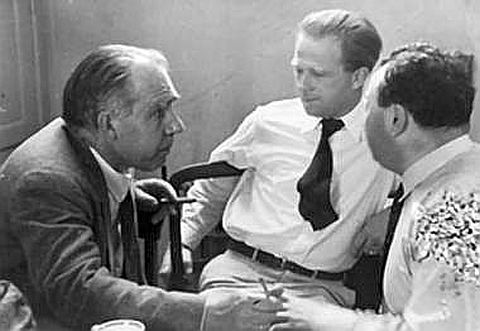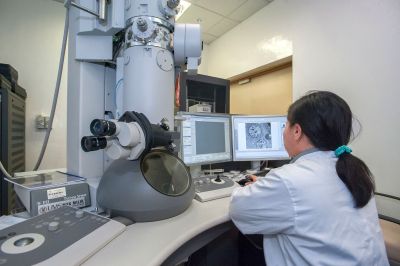
A Brief Description
The velocity of an auto of mass m can be measured accurately. If its velocity remains constant, its location over time is predictable. This is the norm according to ordinary human experience.
Yet, at submicroscopic levels, physicists experienced something different. For certain measurements, various pairs of variables could not both be accurately known simultaneously. Simultaneous measurement is only precise to a point.
These pairs of variables are termed conjugate variables.
The Standard Example
The simplest example is that of simultaneously knowing a particle’s position, and its momentum. The more accurately the position is known, the less precisely its momentum¹ can be determined, and vice versa. The degree of uncertainty can be calculated, according to the Heisenberg Uncertainty principle.
The calculable equation can be written in terms of the uncertainty, h/2π…
h/2π = σxσp
where h = Planck’s constant (6.626 x 10-34m2-kg/sec).
What the Heisenberg Uncertainty Principle is Not

There’s something about uncertainty that humans hate. So, they look to resolve it. However, the Heisenberg uncertainty principle is not here telling us our equipment in faulty. It speaks of the uncertainty as being part of reality itself.
But if Heisenberg’s principle is true at the subatomic level, should it not also be true in the world of the macroscopic? Should we not detect its influence in some event or other? Yes. However, the uncertainty involves a multiplication constant as infinitesimal as
0.00000000000000000000000000000000006626.
This means the uncertainty is so small, it’s only noticeable in the world of very tiny things. Have we taken notice?
Let There Be Light
The following video suggests we can and we have taken notice, even if our understanding “kicked in” less than 100 years ago…
Note: You might also enjoy What Happens at Absolute Zero?
¹ The equation for momentum can be written p = m·v. If the direction the object travels in a direction we’ll call x, its momentum is written px = m·vx. The two variables are by definition and relation both inextricably associated with x.
Note: You might also enjoy The Ammonia Flip, Quantum Tunneling and Oscillations
References:

That was a good understandable explanation. I had heard of Heisenberg’s uncertainty principle before but was uncertain (OK, totally clueless) about what it meant. The video has at least started to enlighten me. But next I need to understand Planck’s constant!